Why Whole Home Ductless HVAC is Revolutionizing Home Comfort
Whole home ductless HVAC systems can effectively heat and cool your entire house without traditional ductwork, offering these key advantages:
- Higher efficiency: 20-60% more efficient than ducted systems
- Zone control: Heat or cool only occupied rooms
- Multi-zone capability: One outdoor unit supports up to 8 indoor units
- Energy savings: Eliminate duct losses that waste up to 30% of energy
- Flexible installation: Works in homes without existing ductwork
- Federal incentives: Up to $2,000 tax credit for ENERGY STAR systems
Traditional central HVAC systems lose massive amounts of energy through leaky ducts. Duct losses can account for more than 30% of energy consumption for air conditioning in conventional systems. Meanwhile, ductless systems lose less than 5% of their cooling capacity.
This means lower utility bills, better comfort control, and the ability to condition your whole house room by room. Whether you're dealing with an older home without ducts, planning an addition, or just tired of heating and cooling unused spaces, whole home ductless HVAC offers a modern solution.
I'm Bill Scott, and I've spent over 15 years helping homeowners in Pittsburgh find the right HVAC solutions for their unique needs. Through Smart Climate Solutions, I've seen how whole home ductless HVAC systems transform comfort while slashing energy bills.
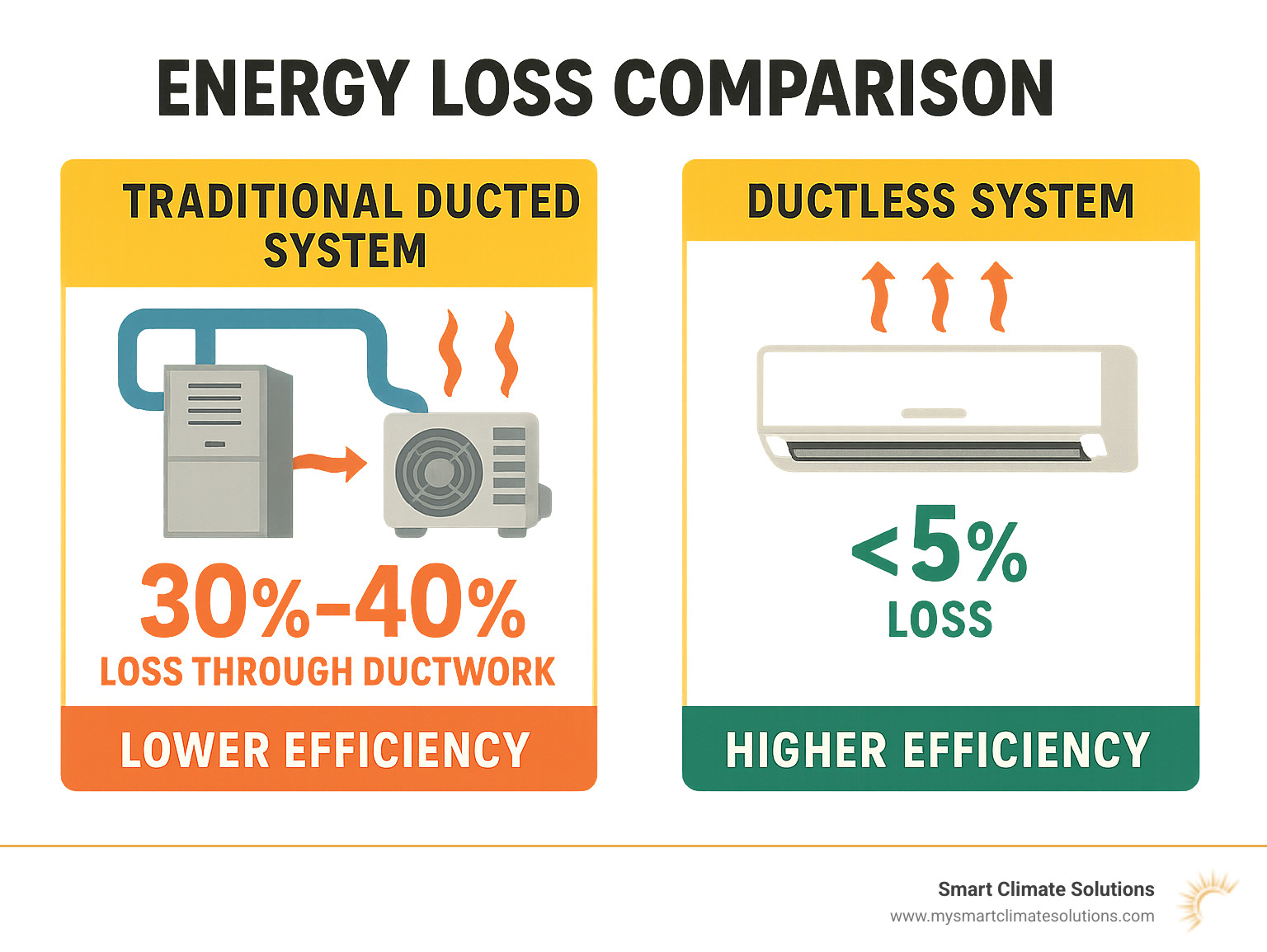
Whole home ductless hvac vocab explained:
What Is Whole Home Ductless HVAC?
Whole home ductless HVAC systems condition your entire house using multiple indoor units that connect to one or more outdoor condensers. Unlike single mini-splits, these systems handle whole-house comfort through strategic zoning.
The heat pump principle is key - these systems move heat rather than create it. During summer, they remove heat from inside your home. In winter, they extract heat from outdoor air (even when freezing) to warm your home.
The inverter compressor in the outdoor unit uses variable-speed technology that constantly adjusts output to match your home's needs. No more jarring on-off cycling.
Multi-zone heads placed throughout your home connect to the outdoor condenser through refrigerant lines, creating comfort zones. Each zone has its own thermostat control, so you're not heating unused rooms.
How a Mini-Split Moves Heat
The evaporation and condensation cycle makes it work. Refrigerant flows between indoor and outdoor units through copper lines, changing from liquid to gas. When refrigerant evaporates in the indoor unit, it absorbs room heat. When it condenses in the outdoor unit, it releases that heat outside.
Variable-speed fans in both units constantly adjust based on demand, operating quietly during mild weather and ramping up during extreme temperatures.
Main Components of a Whole-House System
The outdoor unit houses the compressor, condenser coil, and fan. Indoor air handlers can be wall-mounted, floor-mounted, or ceiling units. The line-set consists of copper refrigerant lines connecting everything, while the drain system removes moisture. The smart controller manages multiple zones and integrates with home automation.
This flexibility lets you mix wall units in bedrooms, ceiling cassettes in living areas, and floor units where wall space is limited.
Whole Home Ductless HVAC vs. Central HVAC
The biggest difference? Traditional ducted systems lose up to 40% of conditioned air through leaky ductwork, while ductless systems lose less than 5%. According to scientific research on duct losses, this represents massive energy waste.
| Feature | Ductless HVAC | Central HVAC |
|---|---|---|
| Installation disruption | Minimal - small holes only | Major - ductwork throughout house |
| Energy efficiency | 20-60% more efficient | Standard efficiency |
| Comfort control | Individual room control | Single thermostat for whole house |
| Duct losses | Less than 5% | Up to 40% |
| Upfront cost | Higher equipment cost | Lower equipment, higher installation |
| Operating cost | Lower monthly bills | Higher monthly bills |
| Maintenance | Filter cleaning per unit | Duct cleaning, filter changes |
Installation differences are dramatic. Central systems require major construction and weeks of disruption. Ductless installation involves drilling small holes and typically completes in 1-2 days.
Comfort control is revolutionary. Central systems treat your whole house as one room with a single thermostat. Whole home ductless HVAC makes every room its own comfort zone.
Energy Efficiency Showdown
Ductless systems achieve SEER ratings of 20-30+ versus 13-16 for standard central systems. In heating mode, top ductless units reach HSPF ratings above 10 compared to 8.5 for traditional heat pumps.
I've seen homeowners cut heating and cooling bills by 20% to 60% after switching. ENERGY STAR certified models qualify for federal tax credit up to $2,000 for systems purchased between 2023-2032.
For efficiency details, check our guide on Most Efficient Systems.
Comfort & Indoor Air Quality
Zoning capability eliminates thermostat battles. Each indoor unit maintains its own temperature. Many units include advanced filtration removing allergens and dust. Since there are no ducts collecting debris, indoor air quality often improves dramatically.
Designing & Sizing a Whole Home Ductless HVAC System
Proper sizing starts with a Manual J load calculation - analyzing your square footage, insulation, windows, ceiling height, and local climate. No guessing, just precise engineering.
For a typical 2,000 square foot home: main living area becomes one zone, master bedroom gets its own zone, secondary bedrooms share a zone, and basement/bonus rooms get separate treatment. Multi-zone systems support up to 8 indoor units from one outdoor condenser.

You only condition spaces you're using. Going away? Turn off bedroom zones. Working from home? Keep your office comfortable while unused rooms coast.
Indoor Unit Types & Best Locations
Wall-mounted units are most popular - cost-effective and provide excellent air distribution. Perfect for bedrooms, offices, and living areas.
Floor-mounted units solve problems in rooms with limited wall space or low ceilings. Great for basements or rooms with large windows.
Ceiling cassette units mount flush with ceilings and distribute air in four directions. Nearly invisible and perfect for formal spaces.
Short-run ducted units serve multiple rooms from one indoor unit. Concealed units hide completely with only grilles visible.
Sizing for Climate and Layout
In Pittsburgh's climate, we typically size at 20-25 BTU per square foot for well-insulated homes. Older homes may need 30-35 BTU per square foot.
Cold-climate models are essential for winters, maintaining heating capacity down to -15°F or lower. Window gains dramatically affect sizing - south-facing rooms with large windows need extra cooling capacity.
Zoning Strategies for Efficiency & Comfort
Smart zoning creates living zones for daytime comfort and sleeping zones for nighttime efficiency. Modern controllers automate scheduling and some systems learn your patterns. Smart apps let you control everything remotely.
Costs, Incentives & Return on Investment
Whole home ductless HVAC requires higher upfront investment but delivers long-term savings. Let me break down the real numbers.

Upfront Costs Breakdown
Single-zone systems: $2,000 to $8,800 installedMulti-zone systems: $4,800 to $25,000+
Costs include: Outdoor unit ($1,000-$6,000), indoor heads ($400-$2,000 each), electrical work ($300-$1,500), and accessories ($200-$1,000).
Compare this to traditional systems: furnace and AC ($7,000-$12,000) plus new ductwork ($3,000-$7,000). Suddenly ductless pricing makes sense.
Incentives & Financing
Federal tax credits up to $2,000 for ENERGY STAR certified systems (2023-2032). Many utilities offer rebates of $500-$2,000. Combined, these can reduce investment by $3,000+.
Check current incentives at the ENERGY STAR website. Low-interest financing makes upfront investment manageable while you enjoy immediate energy savings.
Long-Term Value & Lifespan
Ductless systems last 20+ years with proper maintenance. Energy savings typically pay for higher upfront costs within 5-10 years. After that, you're banking pure savings monthly.
These systems add home value and reduce carbon footprint. With cleaner electric grids, heat pumps are becoming the most environmentally friendly option available.
Installation & Maintenance Journey
Installing whole home ductless HVAC is refreshingly straightforward - no tearing up walls for ductwork. Most installations complete in 1-2 days with minimal disruption.

Professional Installation Steps
We start with thorough site survey evaluating layout, electrical capacity, and optimal unit locations. Mounting equipment involves placing the outdoor unit and precisely positioning indoor units.
Line routing runs refrigerant lines through small 3-inch wall holes. Electrical connections and communication cables link everything together. Vacuum testing removes air and moisture from lines - critical for system longevity.
We finish with comprehensive leak checking and system commissioning, testing every connection and verifying proper operation.
For details, visit our HVAC Installation page.
DIY—When Is It Realistic?
Some manufacturers offer pre-charged DIY kits, but professional installation usually makes sense for whole-home systems. Electrical work often requires permits and licensed electricians. Warranty protection and local code compliance are other considerations.
Professional installation ensures peak efficiency from day one, with energy savings typically offsetting labor costs within years.
Maintaining Peak Performance
Maintenance is surprisingly simple. Monthly filter cleaning takes 5 minutes per unit - just rinse with water and reinstall when dry.
Quarterly outdoor unit care involves clearing debris and gently cleaning coils. Annual professional tune-ups catch small issues before they become expensive problems.
We offer comprehensive maintenance plans with priority service and discounts. Learn more about our Maintenance Plans.
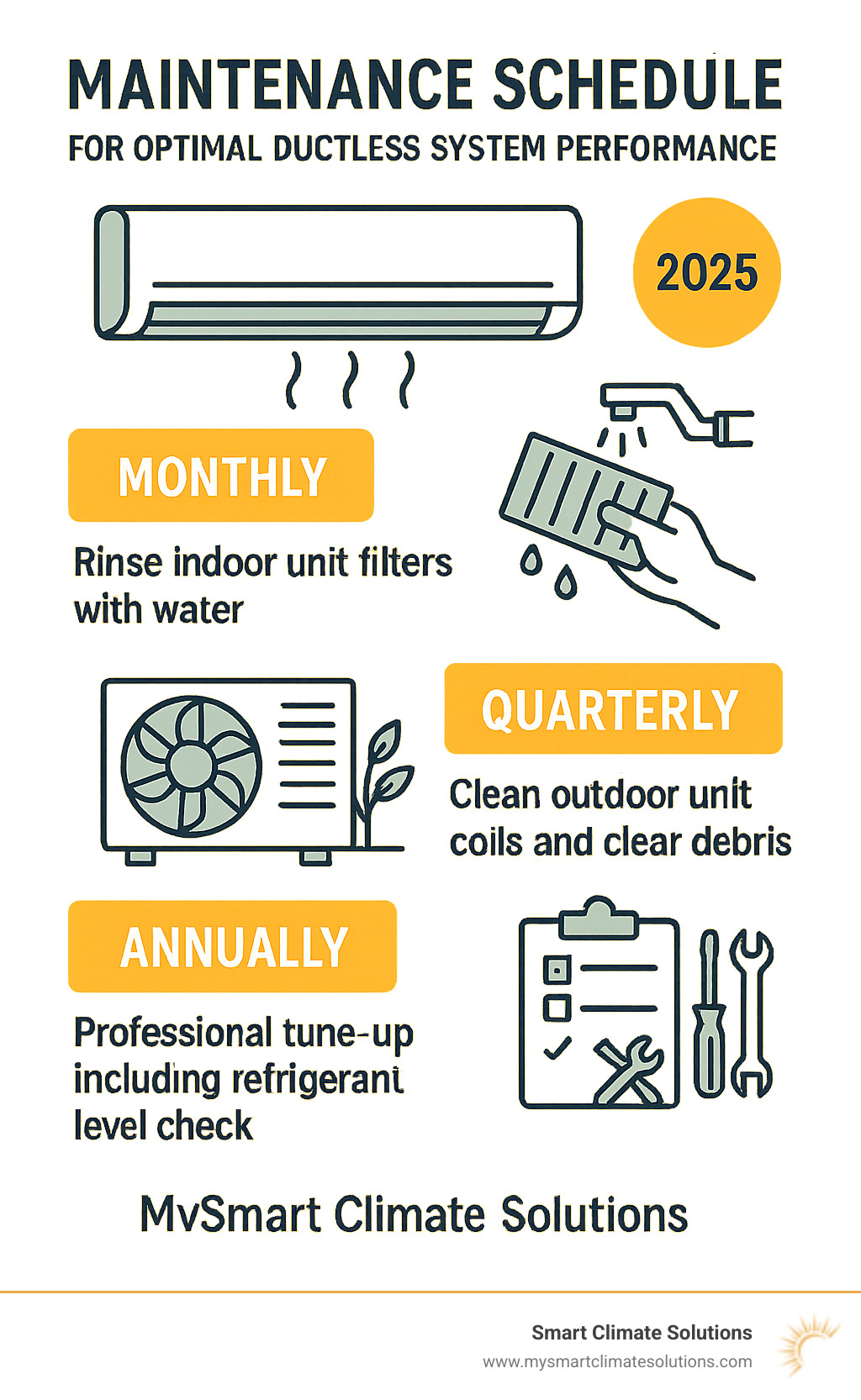
Pros, Cons & Ideal Use Cases
After two decades in HVAC, I've seen how whole home ductless HVAC transforms comfort in the right situations. The efficiency gains are real - 20-60% energy savings compared to ducted systems. Individual room control ends thermostat battles, and whisper-quiet operation means you'll forget the system is running.
Retrofit benefits are huge - no tearing apart walls for ductwork. We typically complete installations in 1-2 days with minimal disruption.
Challenges include higher upfront costs and visible indoor units. In winter, periodic defrost cycles temporarily reduce heating output during ice removal. Maintenance involves cleaning filters on each unit monthly rather than one central filter.
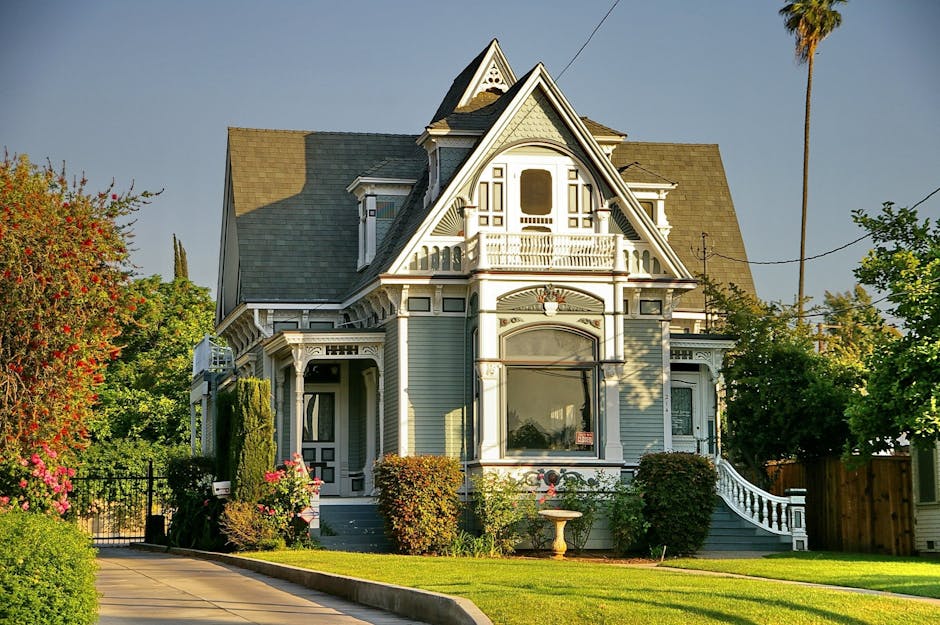
Best Scenarios for Whole Home Ductless HVAC
Older homes without ductwork are perfect candidates. Why spend $15,000-20,000 retrofitting ducts when you get better performance with ductless?
Home additions benefit from dedicated zones that won't affect existing comfort. With rising heating fuel costs, electric heat pumps often provide more economical operation than oil or propane.
Downsizing works great for empty nesters - condition only spaces you use while saving money elsewhere. Cold climate performance has improved dramatically, with modern units working efficiently down to -15°F.
Potential Limitations & Work-Arounds
Aesthetic concerns? Ceiling cassettes blend invisibly into ceilings. Concealed units hide completely with only discrete grilles showing.
For extreme cold backup, integrate heat strips or design dual-fuel systems. Higher upfront costs sting less with federal tax credits, rebates, and financing options.
Frequently Asked Questions about Whole Home Ductless HVAC
Will a whole home ductless HVAC system keep me warm at 0°F?
Absolutely! But here's the key - you need to choose the right equipment for our harsh Pittsburgh winters. Cold-climate heat pumps are specifically engineered for extreme weather and maintain their heating capacity down to -15°F or even lower.
I always recommend looking for ENERGY STAR certified models because they undergo rigorous third-party testing. These units are verified to perform effectively in low temperatures, with testing conducted down to 5°F to ensure they'll keep you comfortable when the mercury drops.
That said, for those brutally cold nights we sometimes get, you might want to consider backup heating options. Electric resistance heat strips integrated into your system or a dual-fuel setup with a gas furnace can provide extra peace of mind during extreme cold snaps.
How many indoor units can one outdoor condenser support?
Most whole home ductless HVAC systems can support up to eight indoor units from a single outdoor heat pump. It's pretty amazing when you think about it - one outdoor unit managing comfort throughout your entire home!
The exact number depends on two main factors: the capacity of your outdoor unit and the heating and cooling requirements of each zone. During our initial consultation, we calculate the load for each room to determine the perfect balance.
For example, a large outdoor unit might easily handle eight smaller bedroom units, while a smaller outdoor unit might max out at four or five larger living area units. We design each system to match your home's specific needs.
Can I add more zones later?
Yes, and this is one of my favorite features of ductless systems! Most systems allow you to add indoor units down the road, as long as your outdoor unit has sufficient remaining capacity.
This flexibility is a game-changer for many homeowners. You can start with the most important zones - maybe your main living area and master bedroom - then expand to other rooms as your budget allows or your needs change.
We always size the outdoor unit with potential expansion in mind. It's much easier to add an indoor unit to an existing system than to replace the entire outdoor unit later. Plus, you can take advantage of future rebates and incentives as they become available.
Many of our customers start with a 3-zone system and add their basement or bonus room a year or two later. It's like having an HVAC system that grows with your family's needs!
Conclusion
After two decades helping homeowners find perfect comfort solutions, whole home ductless HVAC systems are true game-changers. The combination of 20-60% energy savings, room-by-room control, and up to $2,000 in federal tax credits makes these systems smart investments.
What excites me about ductless technology is how it solves multiple problems: no thermostat battles, no heating empty rooms, and no sky-high bills from leaky ductwork.
At Smart Climate Solutions, we've installed these systems throughout Pittsburgh, South Hills, Washington PA, and Western Pennsylvania, Southeast Ohio, and Northern West Virginia. The results are often dramatic - customers amazed by 40% heating bill drops, whisper-quiet operation, and perfect room-by-room comfort.
Whether you're dealing with an older home without ductwork, adding space, or tired of energy waste, whole home ductless HVAC might be exactly what you need. Our certified technicians bring over 15 years of experience to every installation, with 24/7 emergency support.
Ready to see what ductless comfort could do for your home? We'll start with a free consultation and detailed load calculation to design the perfect system. No high-pressure sales - just honest advice and transparent pricing.
Contact us today to schedule your consultation, or visit our HVAC Installation Services page to learn more about achieving the comfort and efficiency you deserve.

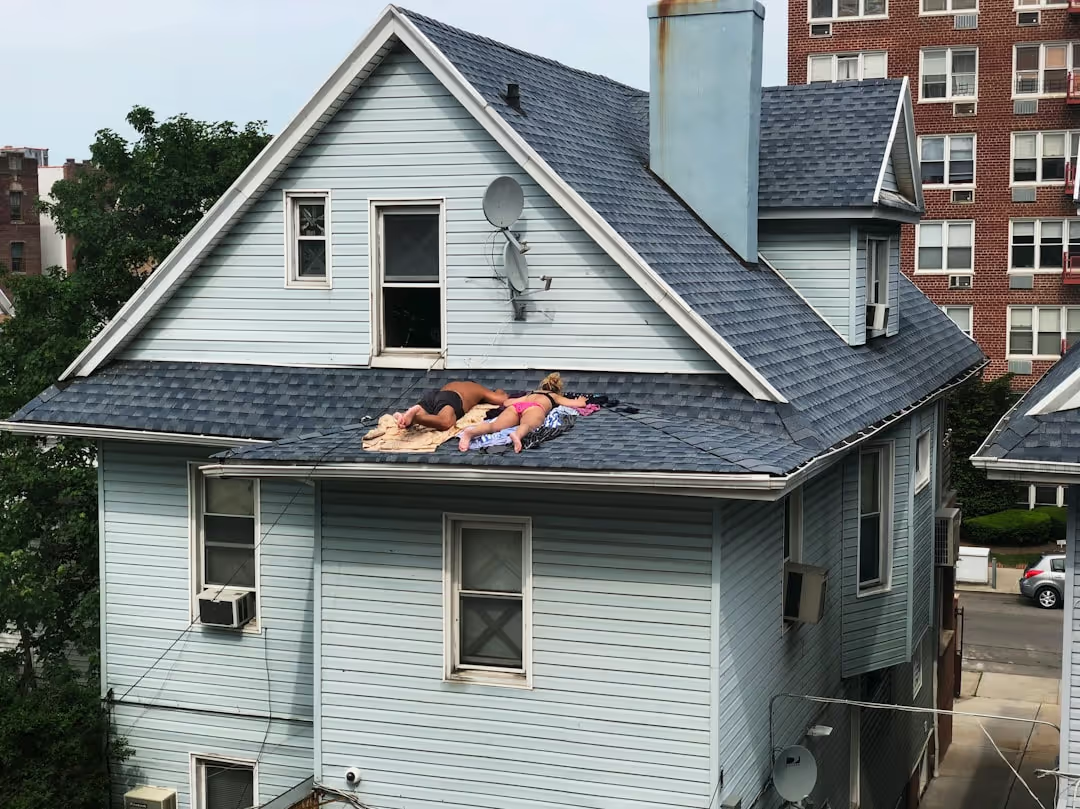


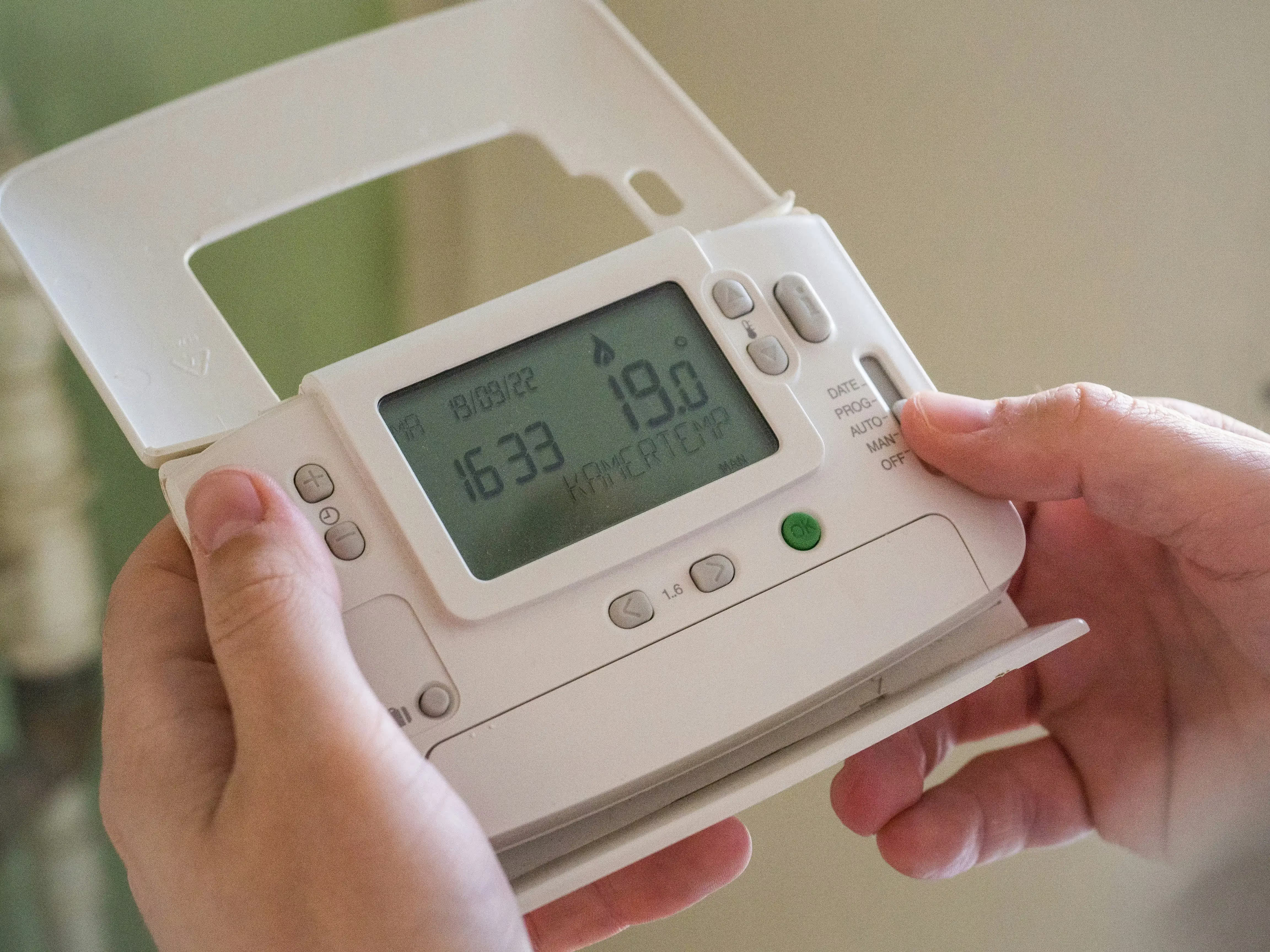
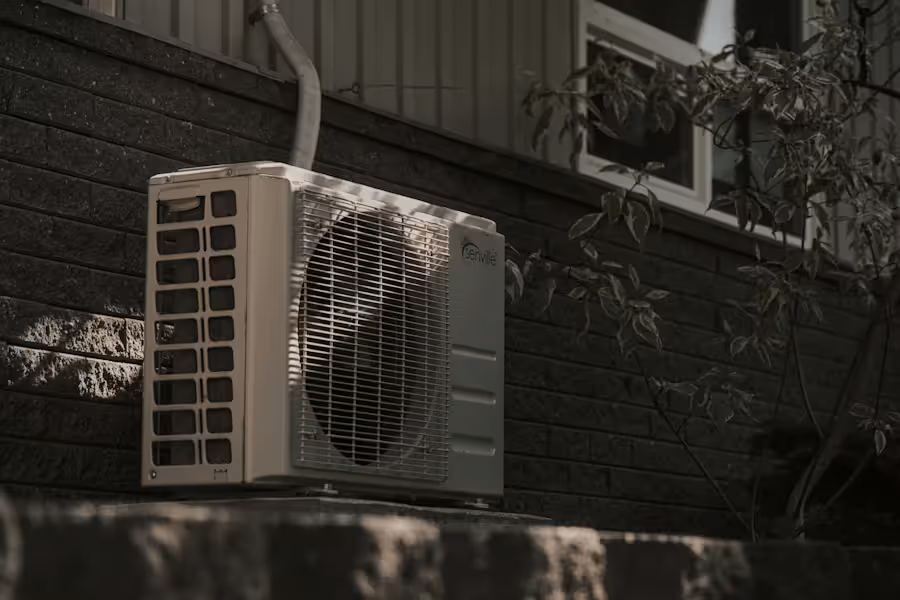
.png)
